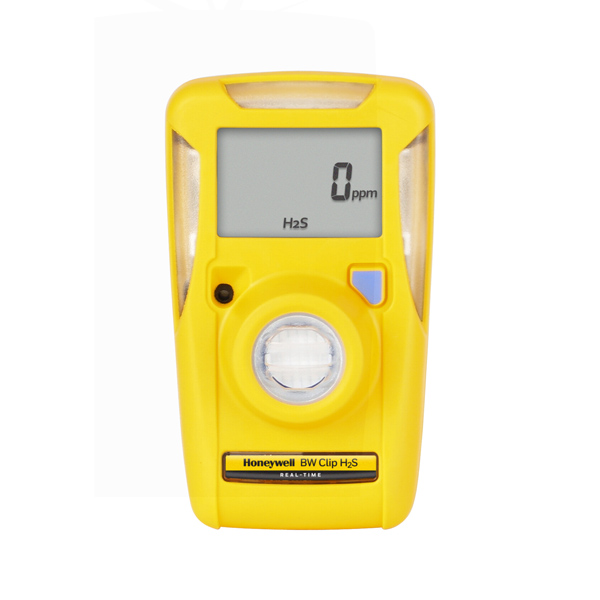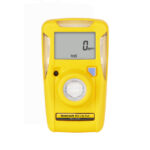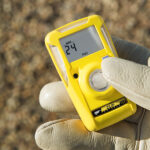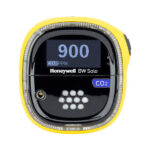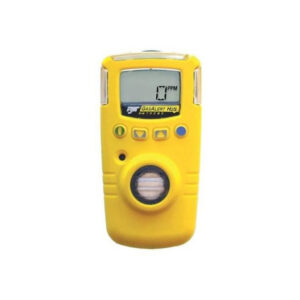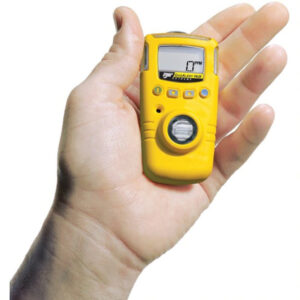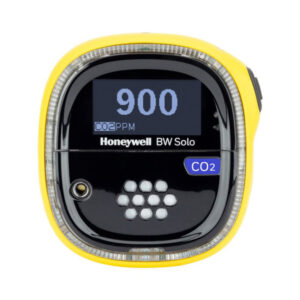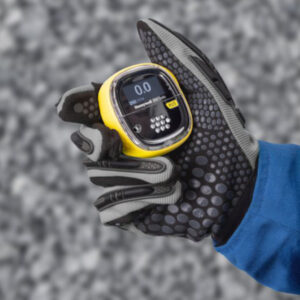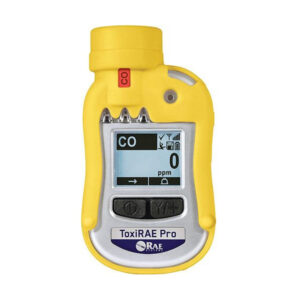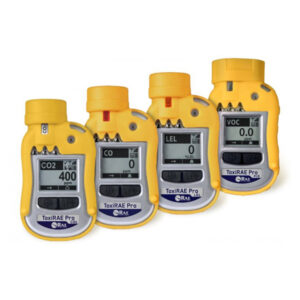Carbon Monoxide
The silent killer, one of the most dangerous and insidious gases, the product of incomplete combustion of fossil fuels. The gas is tasteless and odorless, transparent, unrecognizable, and accumulates in the blood (hemoglobin) with an affinity 240 times higher than oxygen! Concentrations of 300 parts per million in the air (ppm) are already deadly to an adult.
Even the lowest concentrations accumulate in the blood, so the Short Time Exposure Limit (STEL) or maximum allowed accumulated exposure concentration is only 20 ppm, and the daily 8-hour maximum allowed average accumulated exposure (TWA - Time Weighted Average) is 100 ppm. There is a great danger in homes that use fossil fuels, and it is part of the process in ironworks, power plants, petrochemicals, etc.
The standard settings for the lower and upper alarm thresholds are 20 ppm and 100 ppm, and gas also accumulates in the body, so the standard STEL Limit is also 100 ppm, with a TWA limit of 20 ppm.
Hydrogen Sulfide
Hydrogen sulfide is a poisonous, colorless and corrosive gas that occurs as a by-product of the decomposition of organic matter without the presence of oxygen (wetlands, sewage) by anaerobic microorganisms. It also occurs in volcanic gases, geothermal springs and along deposits of natural gas (up to 30%) and crude oil. It also occurs in the human body as a product of metabolism, and even in the breath in some disorders. The largest industrial emitters of hydrogen sulfide are oil refineries (oil hydrodesulfurization process - HDS, Claus process), gas plants, petrochemicals, pharmaceutical industry, coke ovens, paper mills and sewage and drainage systems. The positive side of this very poisonous gas is that in very small concentrations (50 ppb) it can be felt as an unpleasant smell of rotten eggs so this is the first warning. However, with a rapid increase in concentration (which is most often the case), the mucous membrane and the sense of smell are paralyzed and the unpleasant odor completely disappears while the toxicity increases. At concentrations higher than 50 ppm, visual impairment occurs.
The standard settings for the lower and upper alarm thresholds are 5 ppm and 10 ppm, and gas also accumulates in the body, so the standard STEL Limit is 10 ppm, and the TWA limit is 5 ppm.
Oxygen
Gas which is essential for life, in a concentration of 20.9% v / v makes our planet unique. It supports burning and is part of almost all natural and human created processes that take place on Earth. Concentrations below 16.0% v / v cause drowsiness and confusion, and below 6% v / v death. It is also dangerous in high concentrations because it increases the flammability of the material. Concentrations above 24.0% v / v may cause spontaneous combustion of clothing.
The standard limits of alarm settings within the EU are Low = 19.5% v / v, High = 23.5% v / v
Sulfur Dioxide
A toxic gas whose smell may resemble a burning match. It is found on Earth in very small concentrations, it is most often present during volcanic eruptions. It is greenhouse gas and also one of the biggest polluters of the atmosphere. It is used in chemical and petrochemical processes (for the production of sulfuric acid), and because of its antimicrobial properties in food production and winemaking as a preservative (E220).
The alarm limits for the EU are 0.5 ppm / 1 ppm, with TWA and STEL 0.5 ppm / 1 ppm.
